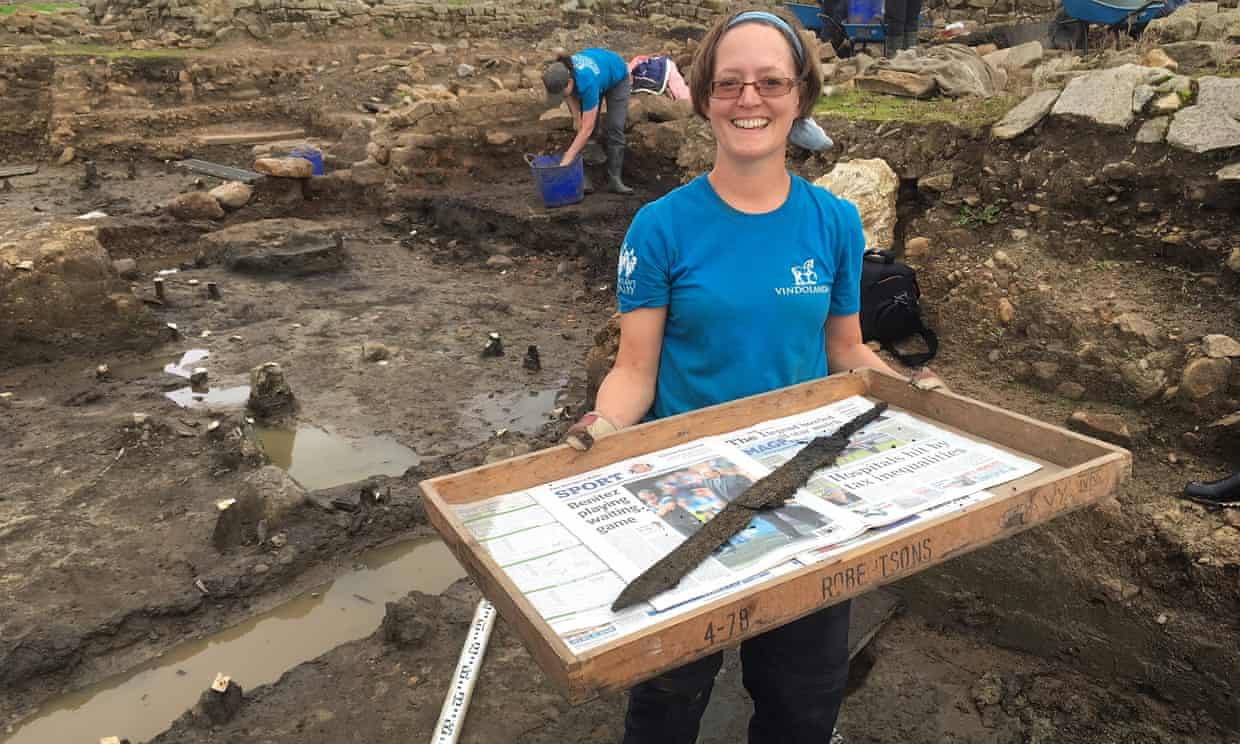Evidence of one of the Roman Empire’s best-known rulers has been discovered near Basingstoke.
A team of archaeologists from the University of Reading has found three tiles bearing the stamp of Emperor Nero at a site in Little London.
The tiles date back almost 2,000 years, and were found earlier this month at the Roman Tile Kiln site.
Only 14 such tiles have ever been found in the UK, including another found at Little London back in 1925 and four discovered within a ritual put at a temple in nearby Silchester.
The University of Reading team is currently excavating a series of Roman kiln structures at the Little London site, which includes some huge brick and tile production facilities.
Read the rest of this article...

